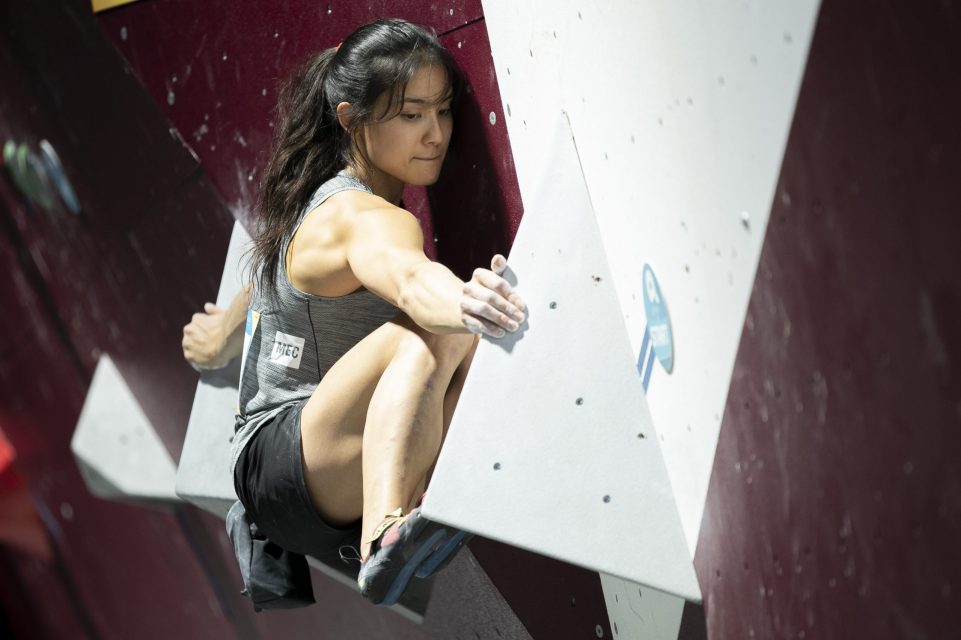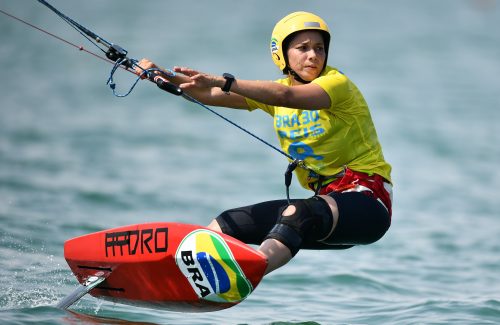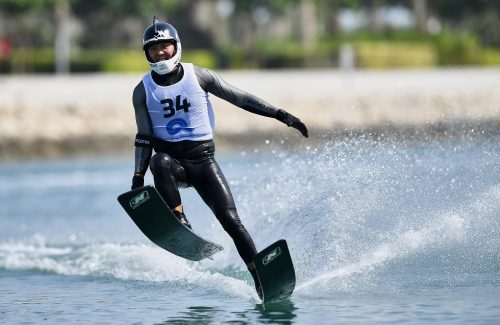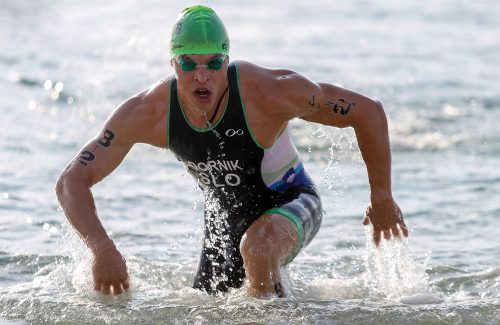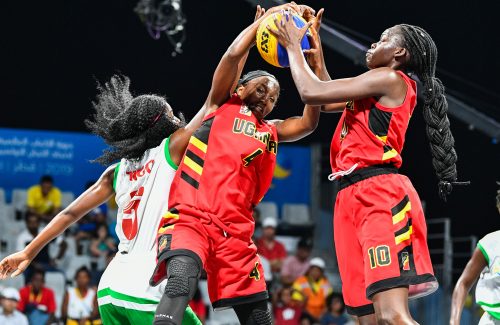Boulder is one of the three disciplines of Climbing, along with Lead and Speed, and it is the only discipline that does not require the use of ropes and harnesses.
Boulder walls are 4-metre high, and equipped with safety mats. In Boulder, athletes face a variable number of short routes – named boulders, or problems – and are tasked with securing the top hold of each of them in the lowest number of attempts, and in a limited period of time.
Boulders are re-set at the end of the qualification and semi-final rounds, and are also different for men and women. In finals, climbers can preview the boulders during a collective observation time, and are kept in an isolation room that prevents them from watching other athletes perform their climbs. Halfway through each boulder problem, a zone-hold is set.
The Boulder ranking is based on the number of top holds reached, followed by the number of zones reached, the number of attempts to top, and the number of attempts to zone.
Five significant steps in the history of Climbing
1980s: Climbing as a competition sport starts in Europe and in the United States of America.
1991: The first-ever IFSC Climbing World Championships is held in Frankfurt (GER).
2001: Boulder appears at the IFSC Climbing World Championships for the first time in Winterthur (SUI).
2018: Boulder, along with Lead and Speed, appears at the Youth Olympic Games Buenos Aires 2018, as part of the Combined event.
2021: The men’s and women’s Combined events are contested at the Olympic Games Tokyo 2020, marking Climbing’s Olympic debut. Spain’s Alberto Ginés López and Slovenia’s Janja Garnbret are the first Olympic gold medallists in the history of the sport.


